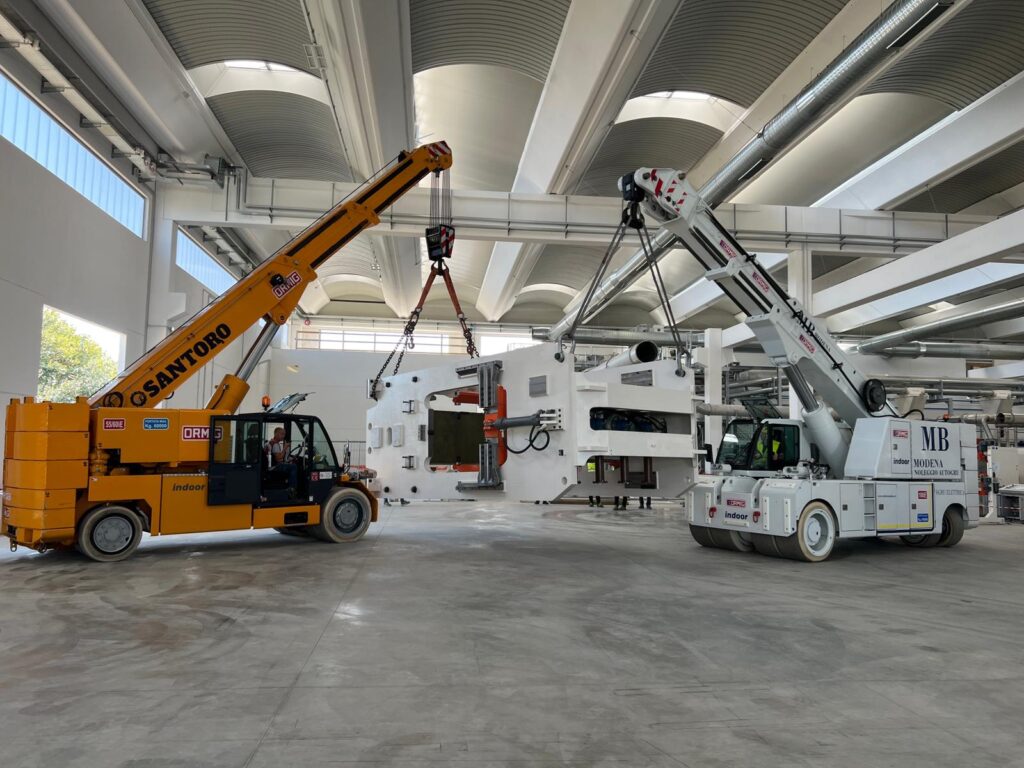ORMIG was founded in 1949 by Guido Testore who sensed in the first post-war period that Italy needed means for reconstruction. Therefore the mobile crane, already present in the United States but almost unknown in Europe, could have become a vehicle of great diffusion.
Production began in the old 13,500 square meters factory located in the center of Ovada, to then be transferred twenty-five years later to the current establishments on an area of 100,000 square meters of which 48,000 are covered.
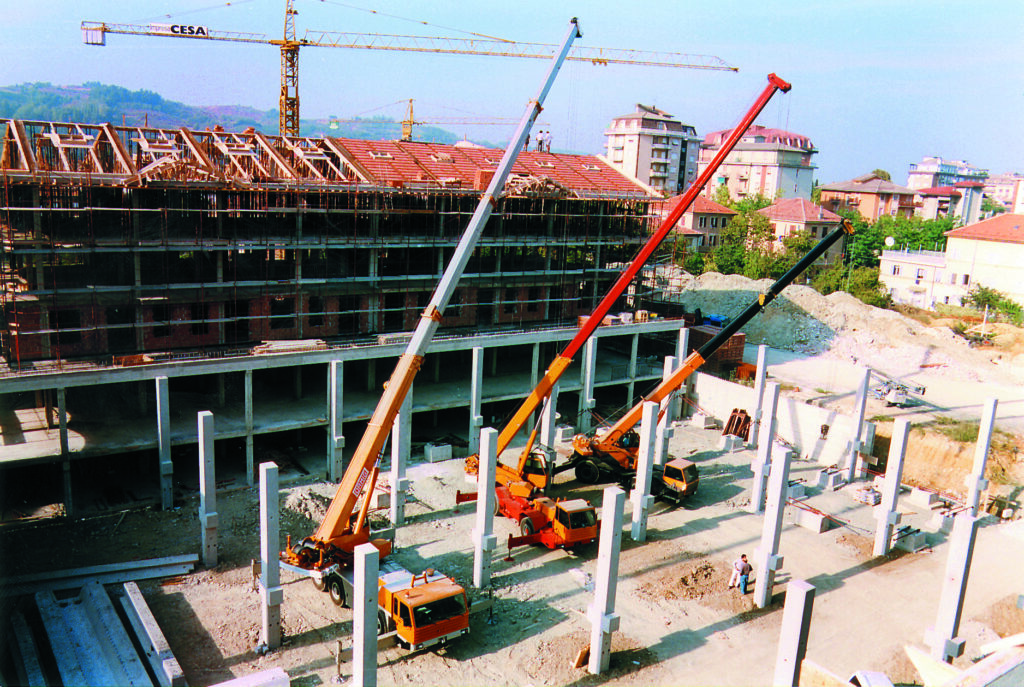
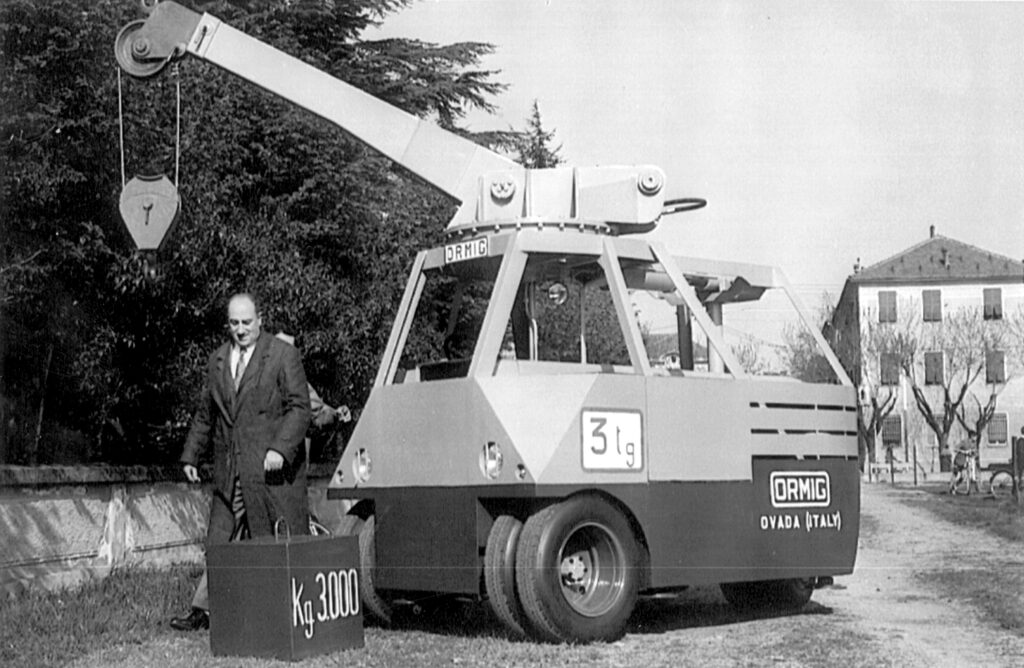
ORMIG, like most of the post-war Italian industries, was born from the imagination and courage of a brilliant man, and has grown thanks to the commitment and work of many men who believed in the rebirth of their Country after the great conflict and that helped to create what is universally called the “Italian miracle”.
Guido Testore saw in the early post-war years an American military vehicle adapted for the movement of goods; he thought that in the reconstruction phase of Europe a vehicle more agile and suitable for this type of work could become a widespread vehicle.
This was the birth of the Pick & Carry crane: the first vehicle designed specifically for the combined functions of lifting and transport heavy loads.
It was the first machine of this type, it was an overwhelming success and with it ORMIG was born in 1949, the company that since then has been synonymous with cranes.
A small group of specialized technicians succeeded in transforming a workforce purely dedicated to agriculture into highly professional metalworkers, capable of building a product that, exported all over the world, was a source of pride for Italian industry.
In order to widen the range of products offered towards the end of the 1950s, the first cranes with 360° rotating lattice boom and mechanical outriggers were produced.
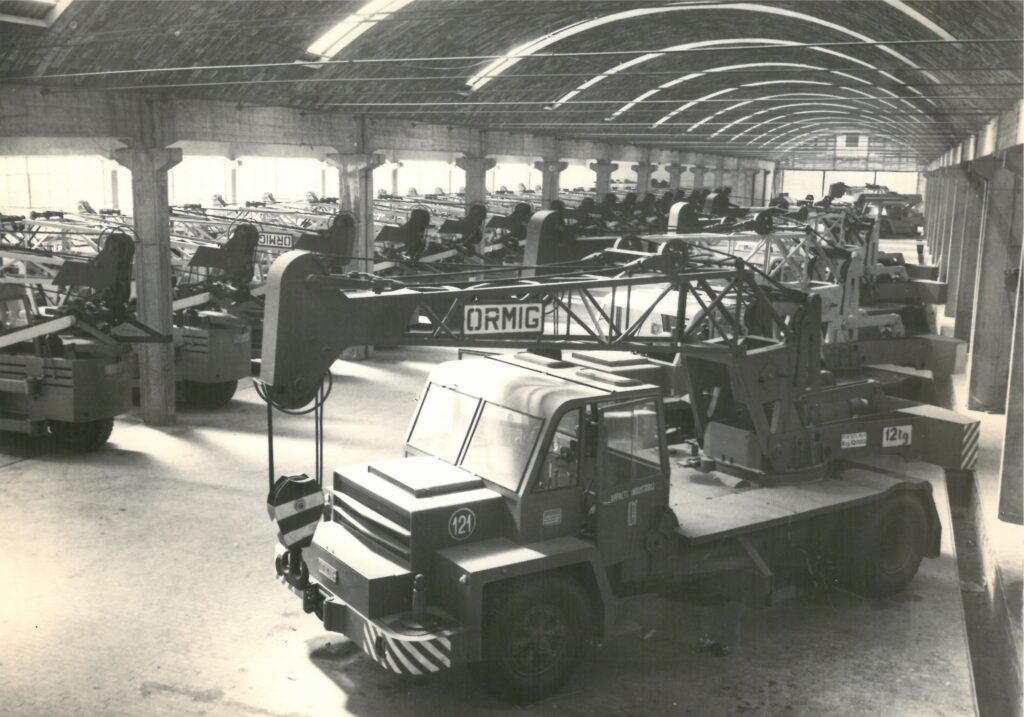
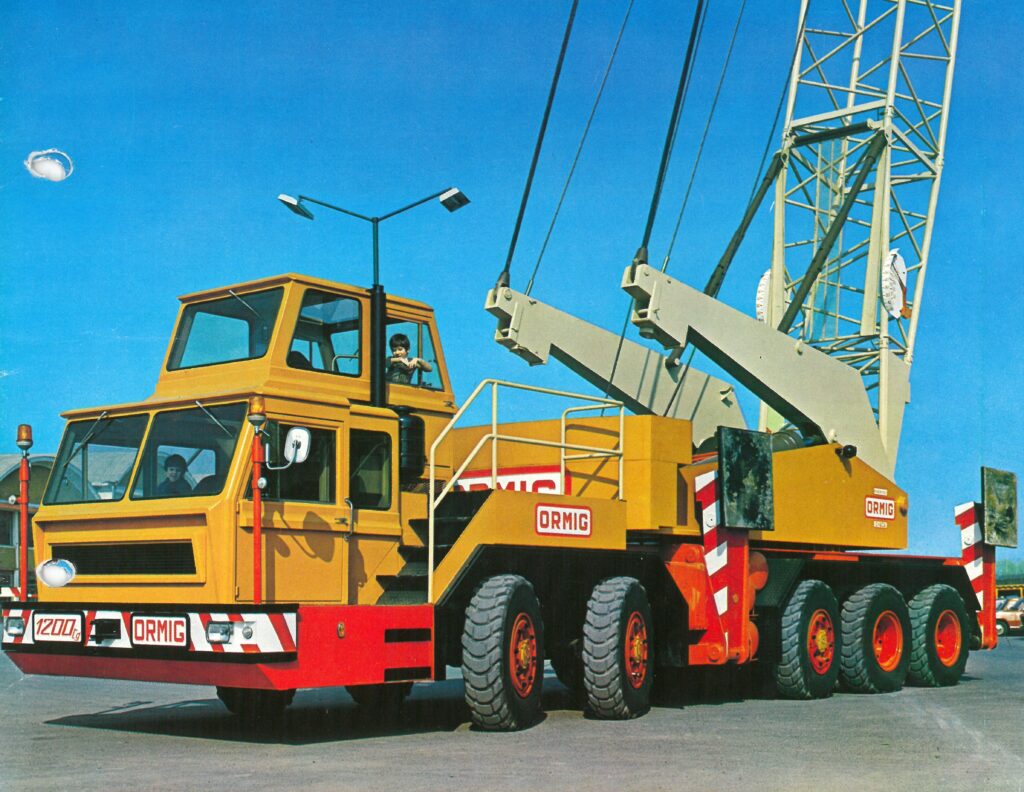
Another segment of ORMIG production towards the end of the 60’s was the production of telescopic hydraulic machines, a concept that today outlines many of the cranes on the market. Machines with capacities up to 80 tons were produced.
At the beginning of the ’70s the large lattice-boom cranes were produced, which had considerable success both in the port sector and in “heavy” industrial assembly. The innovation of these vehicles was the application of a hydraulic kinematic mechanism, patented by ORMIG, which allowed the boom to swing in a perfectly balanced way.
In the mid-seventies Guido Testore was among the first to think of a machine able to move with extreme ease both on and off-road and he realized vehicles with four-wheel drive, giving rise to a concept that today is widespread and finds the maximum of its application in the type called “all terrain”.
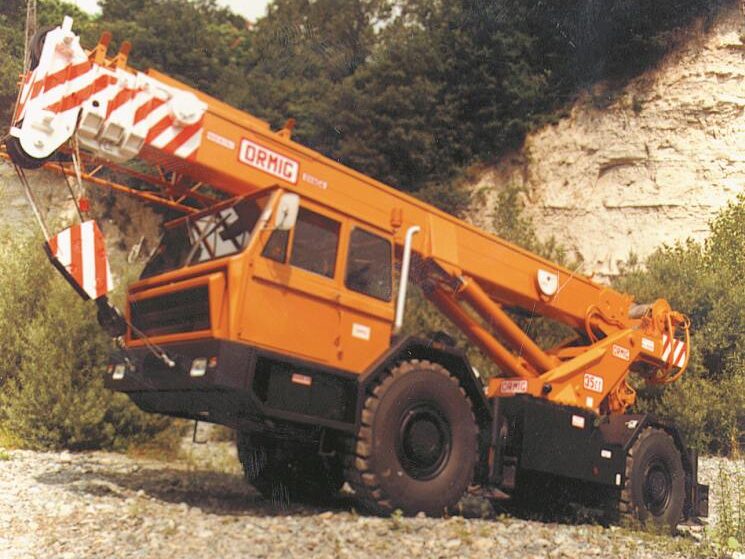
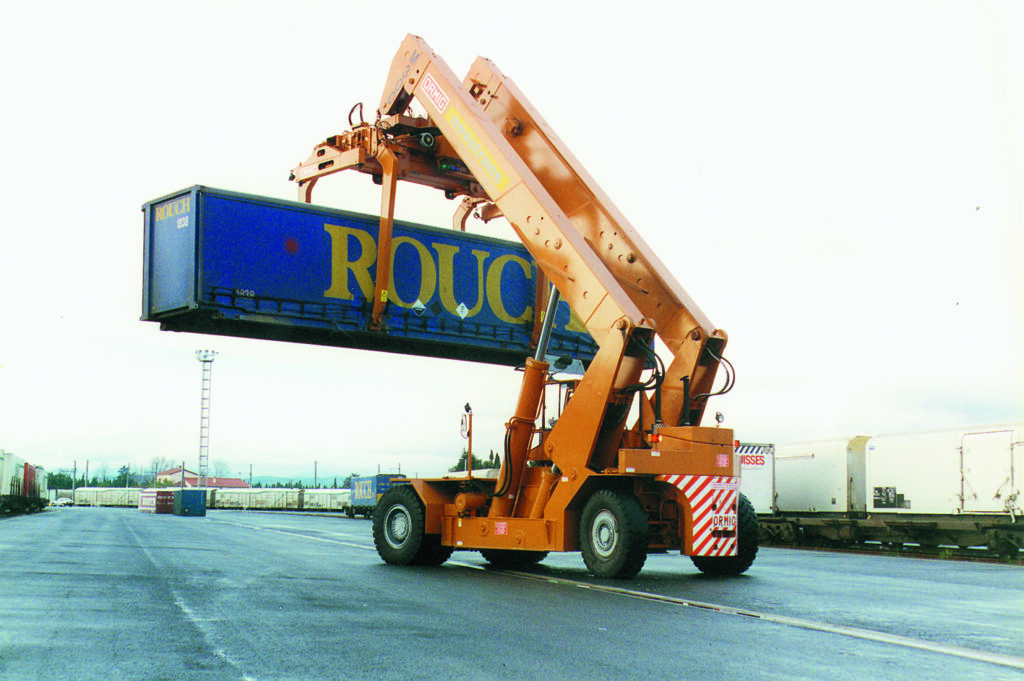
In the ’80s, following the logic of continuous research of innovative products, Guido Testore designed a means for handling and lifting containers. A crane unique in the world was born, patented by ORMIG: a reach-stacker with two arms to handle in maximum safety containers, even those with a very unbalanced load, without any damage or risk.
At the beginning of the ’90s ORMIG engineers and technicians introduced a new steering system on Pick and Carry cranes, with positioning of the two rear wheels at the extremes of the axle, in order to obtain high stability and to allow the realization of a longer boom that would give greater operational possibilities.
At the beginning of the new millennium, given the growing needs of users for rapid road travel, ORMIG created a new range of truck-mounted cranes. Their main feature is that they can circulate freely on roads and highways like normal trucks, without the need for any permit, in order to make indoor and construction site operations easier and faster, in decidedly reduced spaces.
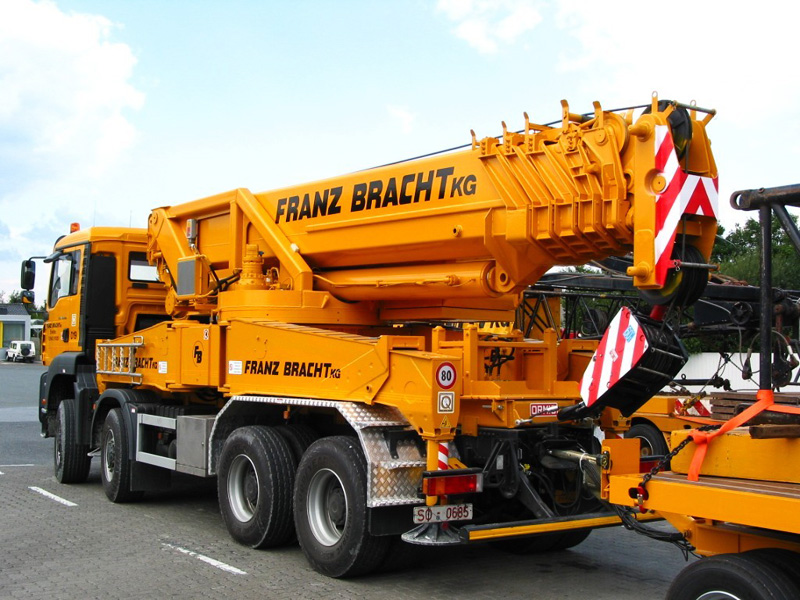
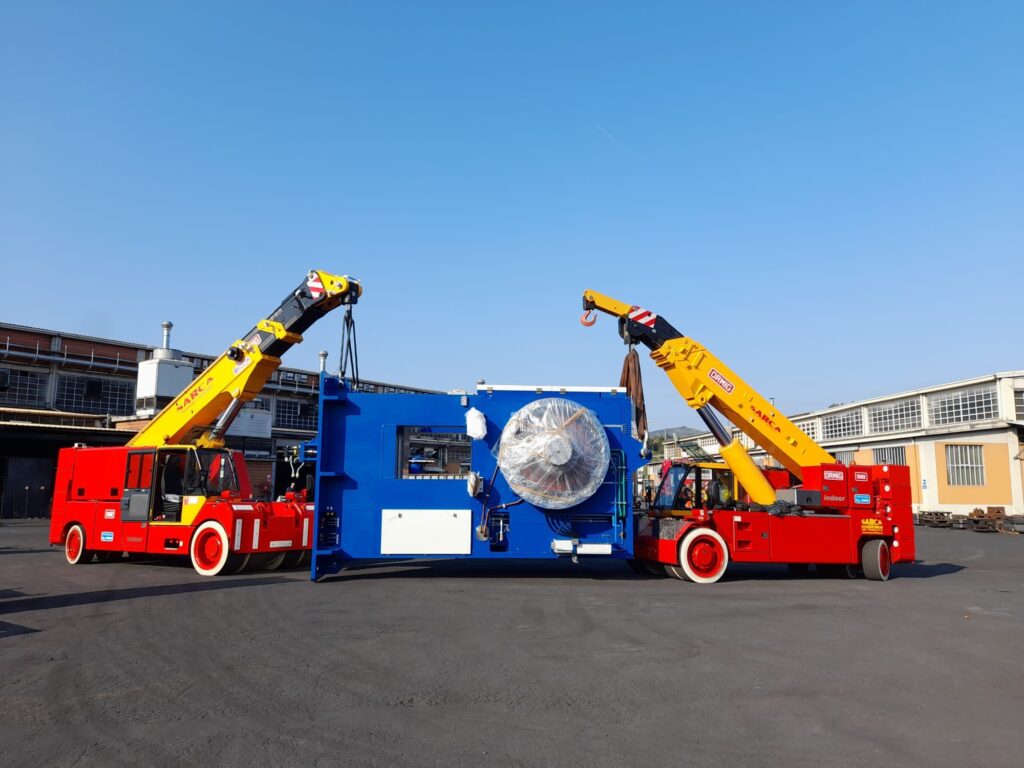
The evolution of the vehicles in recent years has been focused in compliance with workplace safety regulations and the protection of operators in terms of noise and environmental pollution. To this end, a range of indoor electric cranes has been created, used to move loads indoors and in any environment where a moving capacity is required. The main features of these cranes are their reduced overall dimensions and minimum weight, so that they can be transported by truck without the need for permits throughout Europe.
In order to reduce the turning radius as much as possible, the indoor cranes rotate on themselves thanks to an innovative and patented system, which eliminates the sliding of the wheels on the ground. All ORMIG cranes have road homologation. Most of the machines that make up the new production lines in the most advanced factories are mounted and positioned by ORMIG electric cranes.
ORMIG, like most Italian industries of the post-war period, was born from the imagination and courage of a brilliant man and grew thanks to the commitment and work of many men who believed in the rebirth of their country after the great conflict and contributed to the creation of what is universally called the “Italian miracle”. ORMIG designs and manufactures its products in its own factories and is still run by the family of the founder.
